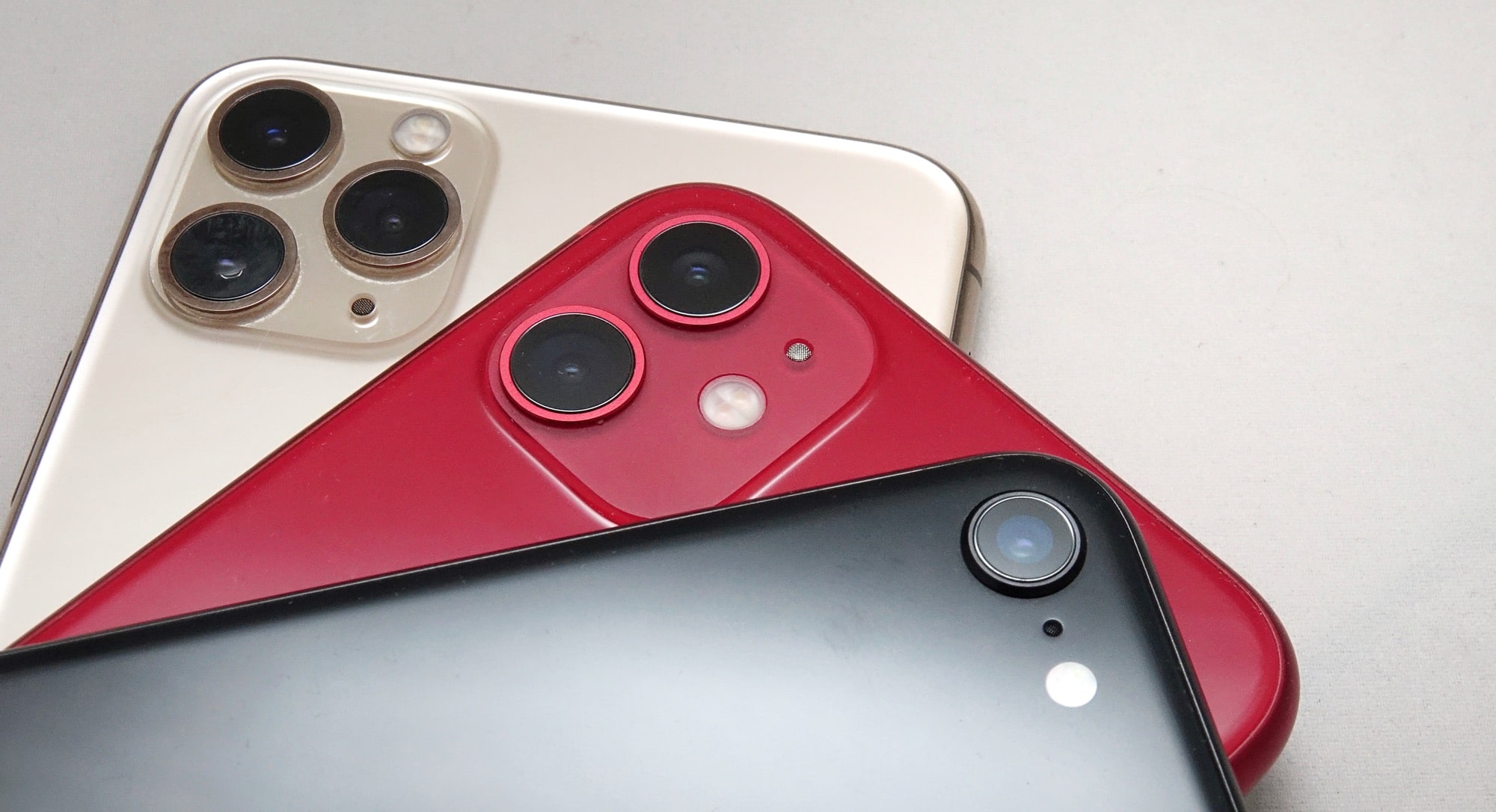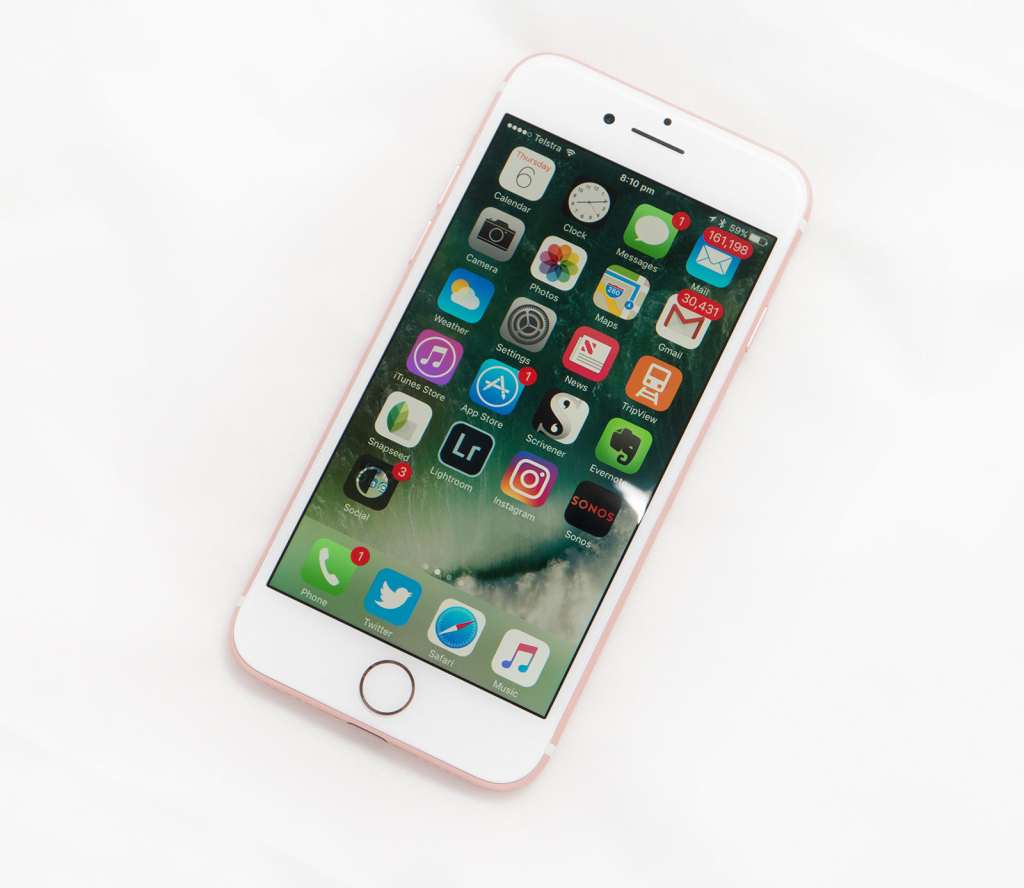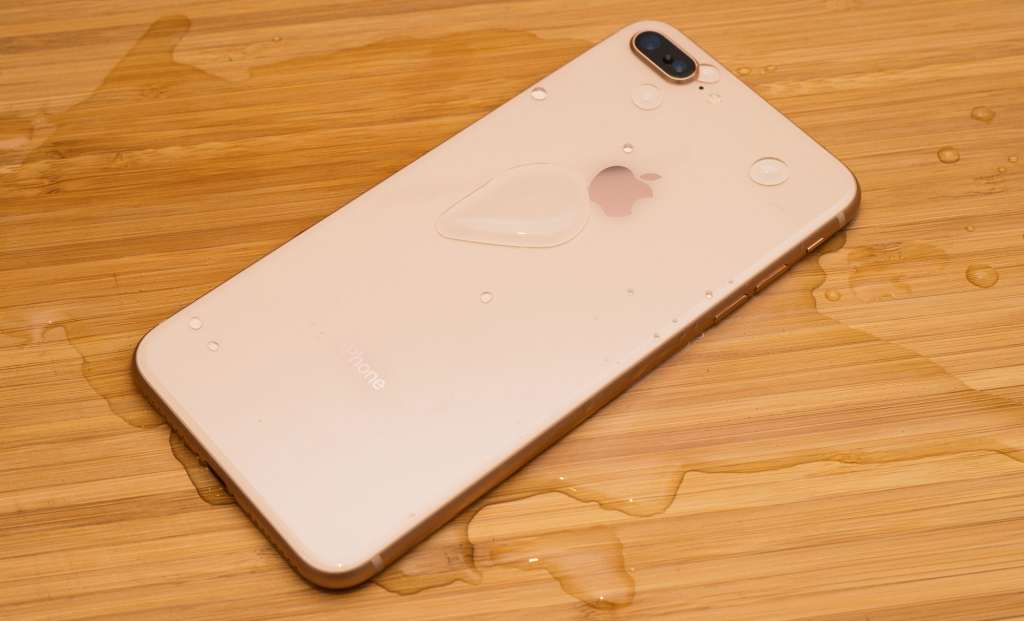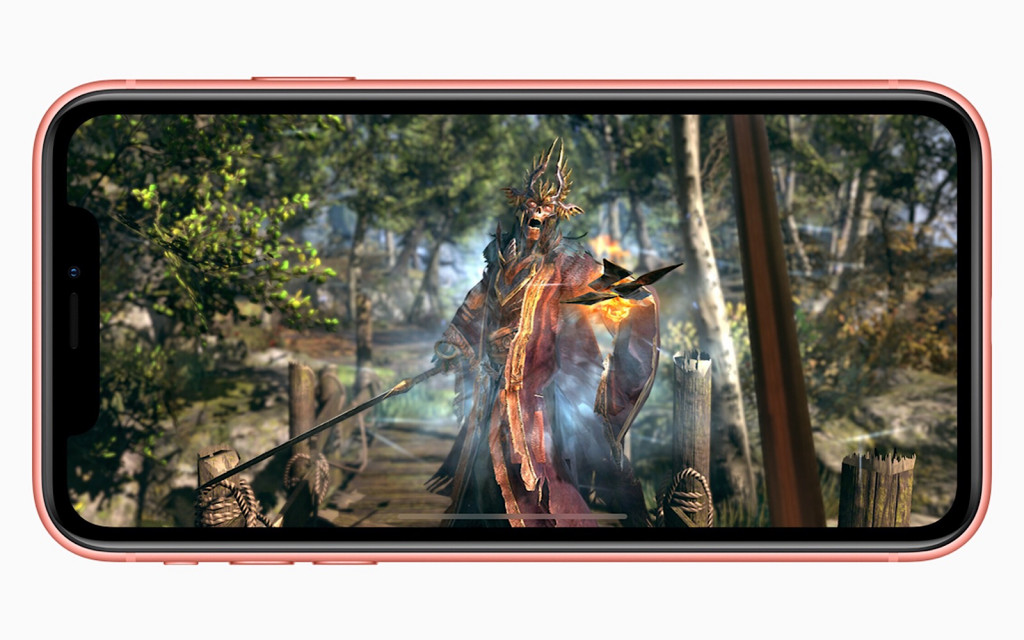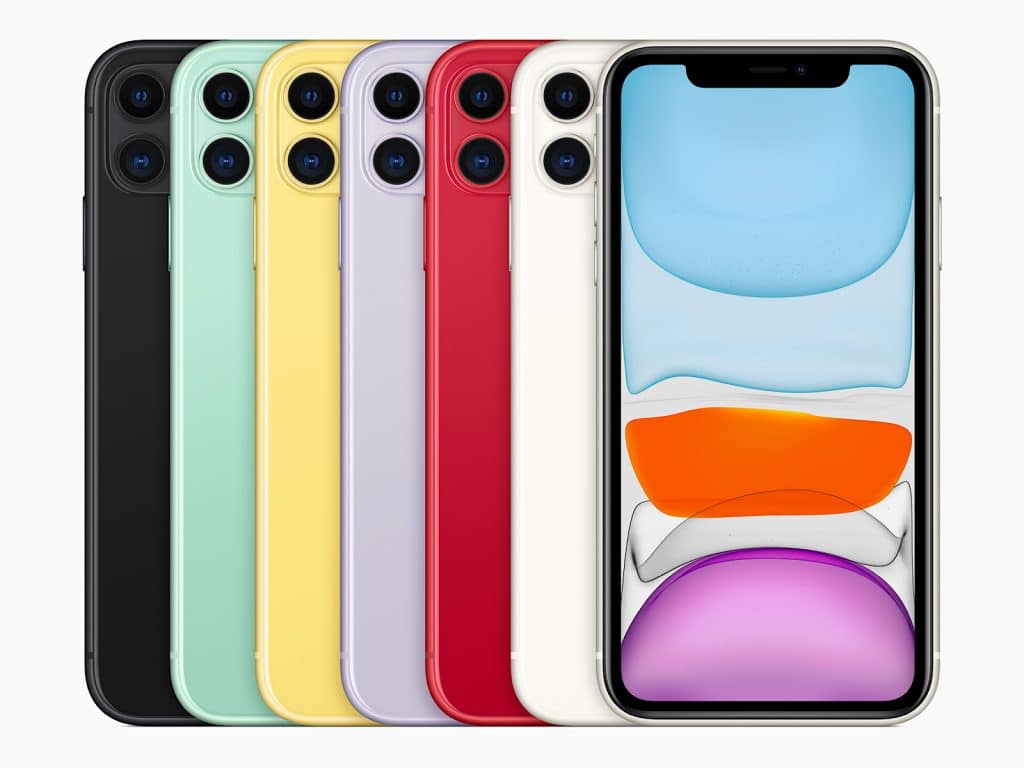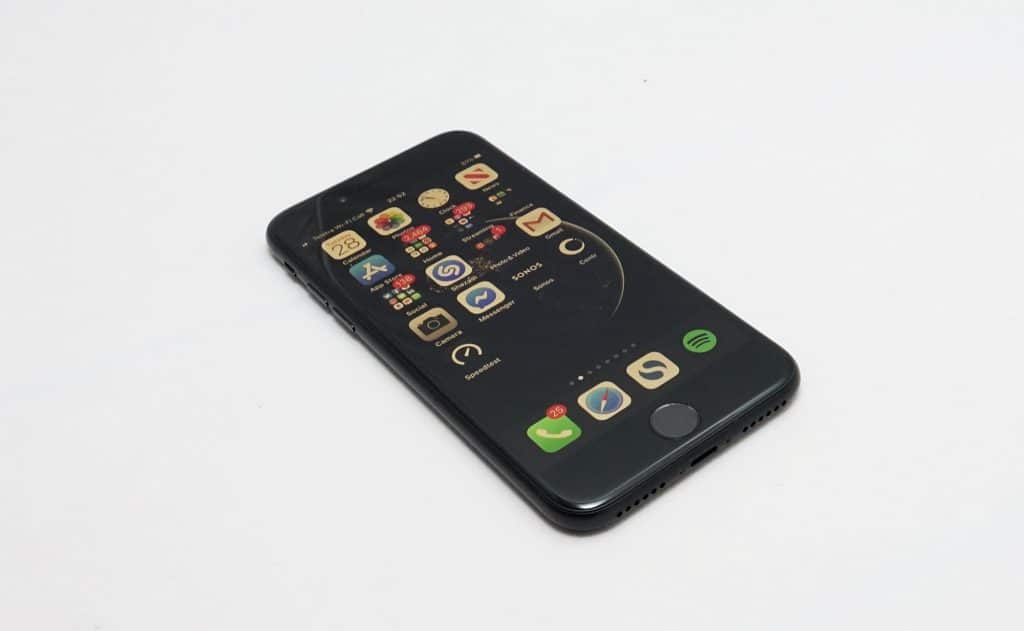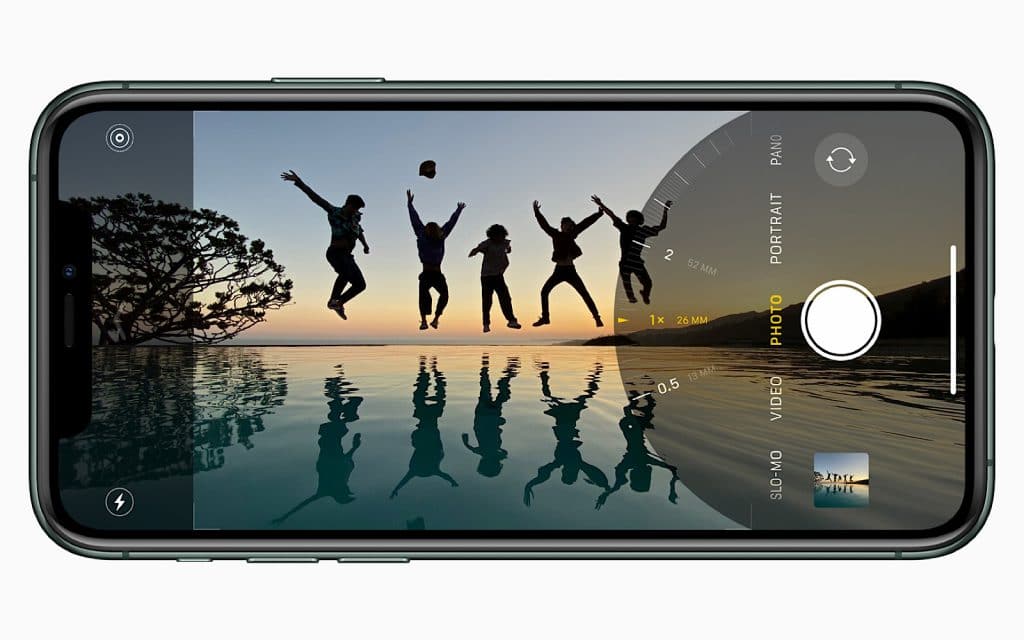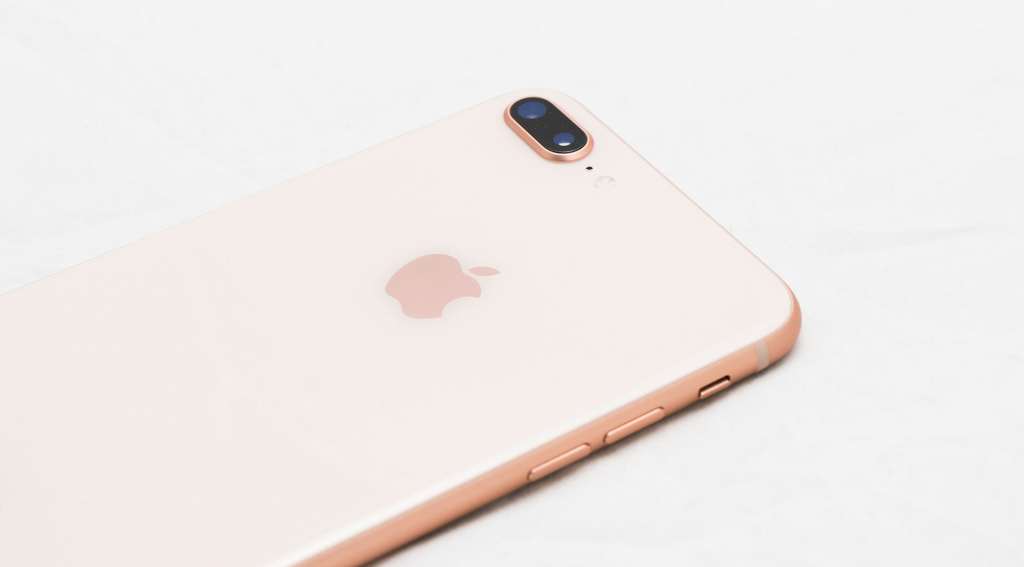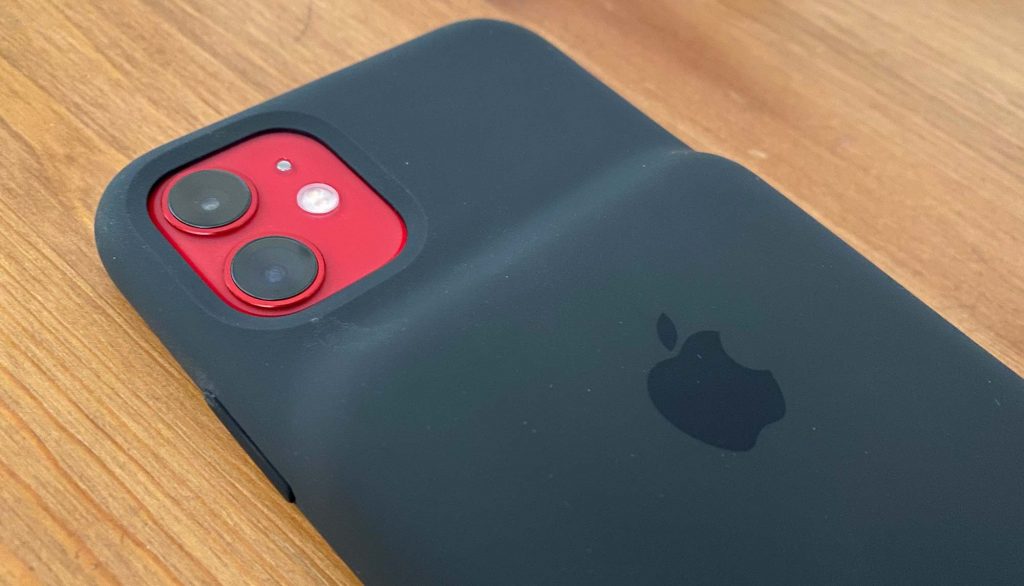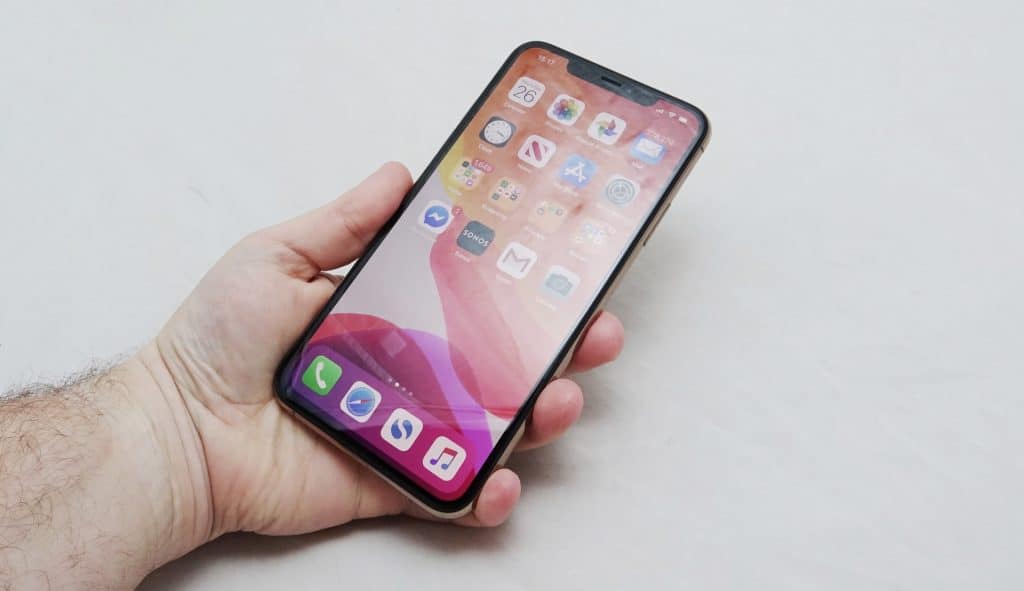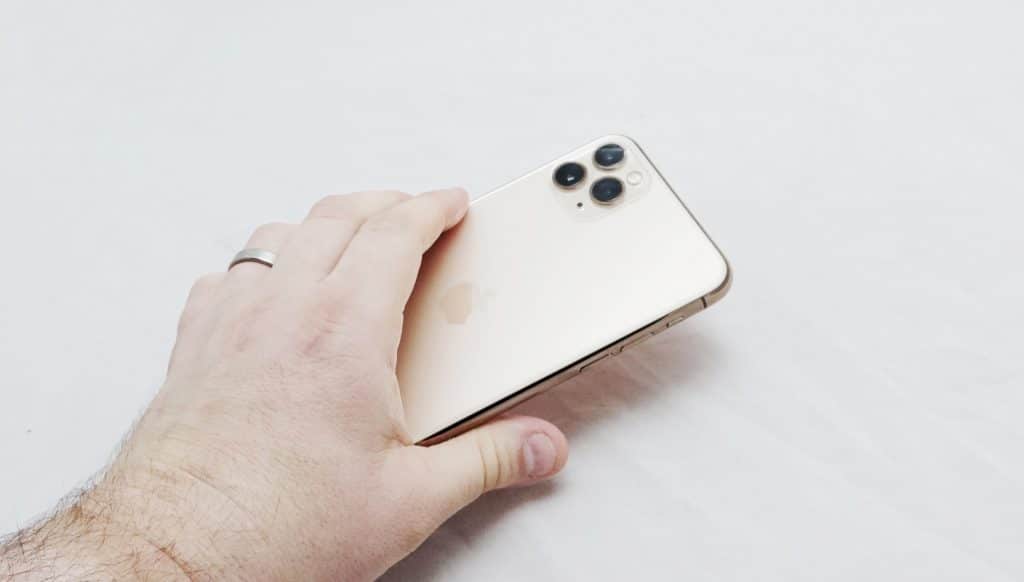If you’re in the market for an iPhone — and only the iPhone — you have choices. Which iPhone is right for you?
The best iPhone means something different for everyone, and that can make finding an iPhone particularly difficult. While models get replaced yearly, older ones tend to stick around for quite some time, crowding the market and making it difficult to pick the iPhone best suited for you, and what you’re buying for.
Are you buying an iPhone on a budget, or are you less fussed with price? Do you need to buy the best iPhone for battery life, or would you be more concerned with how the phone feels in your pockets?
Pickr’s iPhone guide for mid-2020 caters to all of these options, and gives you a bit of a look at what you might want to expect, particularly if you’re asking should you wait for the release of the next iPhone.
First, let’s find out what you’re buying for: are you buying an iPhone on a budget, buying an iPhone with exceptional value, buying an iPhone made to be small, buying an iPhone with great battery life, or just thinking of buying the best iPhone right now?
Buying for price
While there are plenty of low-price Android phones out there, if an iPhone is what you have your heart set on at a price you don’t believe is too much, there are options.
You can buy outright for not too expensive, and you can buy a refurbished phone, as well, leaving you with definite cut-cost iPhone options.
There are some interesting reasons you may end up considering a slightly more expensive model in some, though there are also bargains to be had depending on what you decide.
Refurbished Apple iPhone 7
Price: from $289
The first iPhone offering water resistance, the 2016 Apple iPhone 7 is a little old, but still capable, even though its camera is showing its age, though its battery life won’t be far from what the 2020 iPhone SE offers.
These days, you can get a refurbished Apple iPhone 7 from $289, making it a compelling option if you have to have an iPhone for under $300, with Boost selling this one.
New Apple iPhone 7
Price: from $498
Prefer something new rather than a phone that has been refurbished, cleaned, and fixed? The iPhone 7 could still be compelling, getting the cost of an iPhone under the $500 mark.
You’ll find this one at Officeworks and Telstra, and though keep in mind its 32GB storage at $498 is a little low for a phone these days, so consider the $599 option with 128GB, as it will give you a little more flexibility if you plan to download lots of apps, take a fair few pictures, or keep music on your phone.
New Apple iPhone 8 Plus
Price: from $640
An interesting option that still holds up today as one of Apple’s best iPhones, the 2017 iPhone 8 Plus offers a decent processor, water resistance, wireless charging, and can’t be found from Apple’s current range officially.
It’s a shame, too, because between the excellent battery life, the double cameras support portrait mode, and the fact that this is basically an iPhone 8 with a little more to it, the iPhone 8 Plus is an easy recommendation.
Vodafone Australia currently sells the iPhone 8 Plus, and while it’s a slightly bigger iPhone than the iPhone 7 or iPhone 8, the battery performance more than makes up for its size. We’d check with Vodafone on whether this iPhone 8 Plus at this price point is unlocked, as if you have to be locked to a telco you may not be with, this could make buying for price a little less sweet.
Buying for value
Buying an iPhone for value is actually different from buying one for price, although it’s easy to see why they sound the same.
When you buy for price, it’s because you want something at a specific price, and you’re typically trying to keep costs down. But when you buy for value, the price is important, yet what you get for that price makes more sense overall.
In the world of the iPhone, there are three choices here, though each are a little different, with one made with the home button and two that aren’t.
Apple iPhone SE (2020)
Price: from $749
At well below the thousand dollar mark, Apple’s least expensive current model iPhone is well worth a look if you want the performance of a flagship phone, but aren’t too bothered by needing a second or third camera lens (wide or close), and only need a standard day’s worth of battery life.
Indeed, those are the only major flaws of the iPhone SE for 2020, the second-generation iPhone SE, which looks like an iPhone 8, but comes with so much of the technology from the iPhone 11 outside of the camera.
You can actually pick up the iPhone 8 for $50 less these days, but in terms of value, the $749 iPhone SE 2020 is a better bet, thanks to the upgraded set of parts inside.
Apple iPhone XR
Price: from $1049
Next in terms of value is last year’s best valued iPhone, what we called the “iPhone for everybody else”, the iPhone XR.
This one set much of the template for Apple’s less expensive alternative to its high-end, and provides a big screen, big battery, and a great camera, even if it’s not quite as good as the cameras on either last year’s iPhone XS Max or this year’s replacement, the iPhone 11.
Without doubt, the iPhone XR is a great phone, offering much of what the iPhone SE 2020 delivers, sans the new chip from the iPhone 11, and only one camera, what we suspect is the same camera from the iPhone SE 2020. Think of this as the big screen and big battery equivalent of that phone.
Apple iPhone 11
Price: from $1199
If you want the iPhone XR with this year’s performance, plus two cameras, the iPhone 11 is basically that. The screen used on the iPhone XR and iPhone 11 isn’t quite as fantastic as what’s on the more expensive models, but what you get for your dollar is a fantastic middle ground.
Not so much a compromise, but great value is what’s offered here, with an iPhone that delivers in battery life and capability, plus two cameras, because two is often better than one.
Buying for a small size
If price isn’t the problem, but fitting an iPhone in your hand or pants pocket is, you’re buying an iPhone for size, and there are two obvious choices worth recommending here.
These days, Apple’s phones tend to be relatively large, with 6 inch screens contributing to an overwhelmingly larger phone size that might not work with your pockets as well as you’d like.
But if you value a handheld size and jean-friendly design that doesn’t leave as much of an outline, you have two recent options from Apple’s 2020 iPhone lineup.
Apple iPhone SE (2020)
Price: from $749
The smallest of Apple’s current devices, the iPhone SE in 2020 takes the old school iPhone 8 design, which is positively compact by today’s standards.
Made for the hands and able to fit comfortably in the pocket, it’s a smaller style with a 4.7 inch screen that your hands and clothes will appreciate, even if it has a few less cameras than what sits in Apple’s high end.
Apple iPhone 11 Pro
Price: from $1749
A little bit bigger, but not by much, Apple’s iPhone 11 Pro is a 5.8 inch take on the biggest phone in Apple’s lineup, the iPhone 11 Pro Max.
Technology-wise, they’re practically identical, with three cameras and high-end parts, save for the screen and battery differences, making the iPhone 11 Pro the model to get if you fancy a top-tier flagship phone that fits in the hand and pants nicely.
Buying for battery life
If you need the iPhone with the best battery life, your options are typically focused around the big iPhones, because a bigger screen almost always means a bigger and better battery life.
Pickr’s battery tests are based on everyday usage, though power users may still struggle regardless of which iPhone they have, so we’re adding suggestions to how to get the most battery out of even the iPhones that normally deliver the best battery overall.
New Apple iPhone 8 Plus
Price: from $640
With a battery life not unlike the iPhone XR or iPhone 11, if you can find the iPhone 8 Plus, you might just get yourself a decent phone with one of Apple’s best batteries.
Vodafone is one of the only places that still runs the iPhone 8 Plus new in 2020, but thanks to a large battery and relatively small 5.5 inch screen (at least by today’s standards), it’s an iPhone with a high battery life and a comparatively low price.
Back in 2017, we found a little over 24 hours was possible, which is about on par with the current high-end iPhone 11 Pro Max.
Apple iPhone 11
Price: from $1199
Alternatively, Apple’s iPhone 11 is the new iPhone to consider if battery life is the feature you’re considering best.
A big screen LCD screen that has been fairly well optimised to suit the large battery underneath its hood, plus battery optimised processors help tick this thing to hit the full 24 hours in some of our testing, plus a little more depending on how you use it.
If you’re keen to get a little more juice from the iPhone 11, you may want to consider grabbing one of Apple’s thicker battery cases, which will bring an extra battery and a camera button to the design, though comes at the expense of making the whole thing a little bit heftier to carry.
Buying the best
If neither price nor size are issues in the grand scheme of an iPhone purchase, there’s really only one to look at.
Apple iPhone 11 Pro Max
Price: from $1899
Big, shiny, and about the best iPhone Apple has in its lineup thus far, the iPhone 11 Pro Max takes everything that’s great about the iPhone 11 Pro — great specs, beautiful design, lovely screen, and three cameras — and gives it a little more in the size and battery department.
Technically, the iPhone 11 Pro and iPhone 11 Pro Max are the best of the bunch, so either one is a great option if you need the best iPhone in 2020 right now, but with a bigger battery and more screen real estate, the iPhone 11 Pro Max is definitely a phone you want to consider if you’re looking for the best right now.
Should I wait for the 2020 iPhone?
Of course, there’s always the option to wait for the next iPhone, the 2020 iPhone, which is a totally valid option in the grand scheme of things.
New iPhone announcements (and subsequent releases) tend to be in September, so September 2020 seems to be the likely time for a new iPhone model or three to be announced, outside of the possibly complication the COVID-19 coronavirus pandemic has introduced this year.
You see 2020 isn’t an ordinary year, and with phone releases slowed through the global pandemic and supply chains that might be working in an almost stalled capacity, it is entirely possible that the regular September iPhone update may well happen later than expected, though it could also be on time.
As for what you may be waiting for, you can likely expect a 2020 iPhone release to support 5G in some capacity, and possibly see some of the augmented reality integrations from the 2020 iPad Pro.
Alongside those changes, it’s possible we’ll see a design change on the cards for the 2020 iPhone, maybe in-line with the flat metal edging used in the iPad Pro lineup, which would hark back to how things looked from the iPhone 4, iPhone 5, and even original iPhone SE.
We might even see a change in the iPhone 12 to support the USB Type C charging port at the bottom, similar to what the iPad Pro has supported for two years.
The simple truth is no one knows quite what is coming, but if Apple sticks to its schedule, you only have to wait until September to find out.
If you can hold out with your current phone until then, it means you may get a better phone by October, or see the prices of current models trickle down slightly as Apple pushes the current models to a lower price point. The trick here is that you’ll need to wait, and be comfortable waiting, because while September is likely, 2020 isn’t like an ordinary year, and so you might also be waiting just a little longer.


